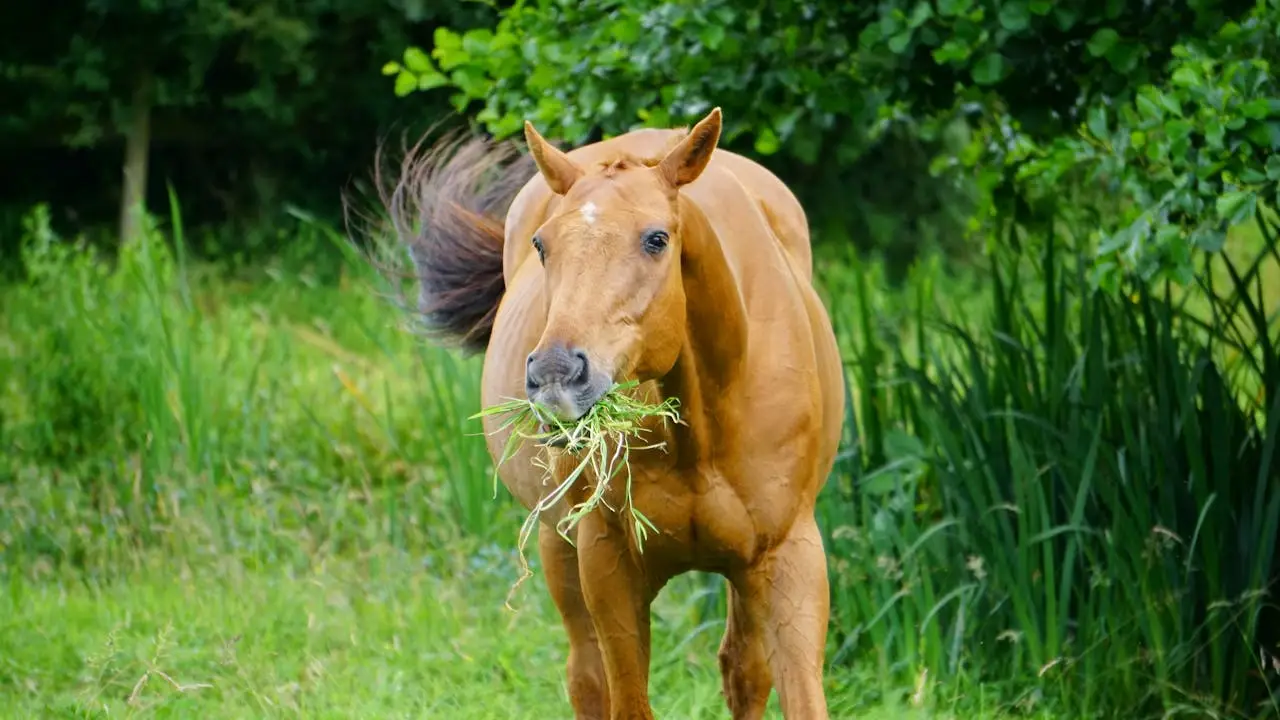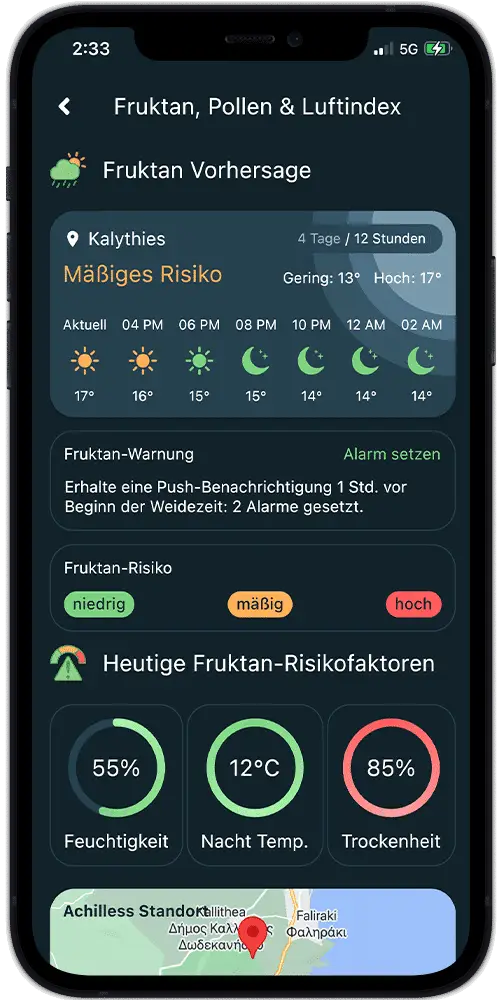
Metabolic Diseases and Fructans: A Risk Factor for Horses?
Metabolic diseases and fructan: a risk factor for horses? Metabolic diseases in horses are on the rise. More and more animals are suffering from insulin resistance, equine metabolic syndrome (EMS) or Cushing’s disease (PPID). In addition to genetic factors, obesity







